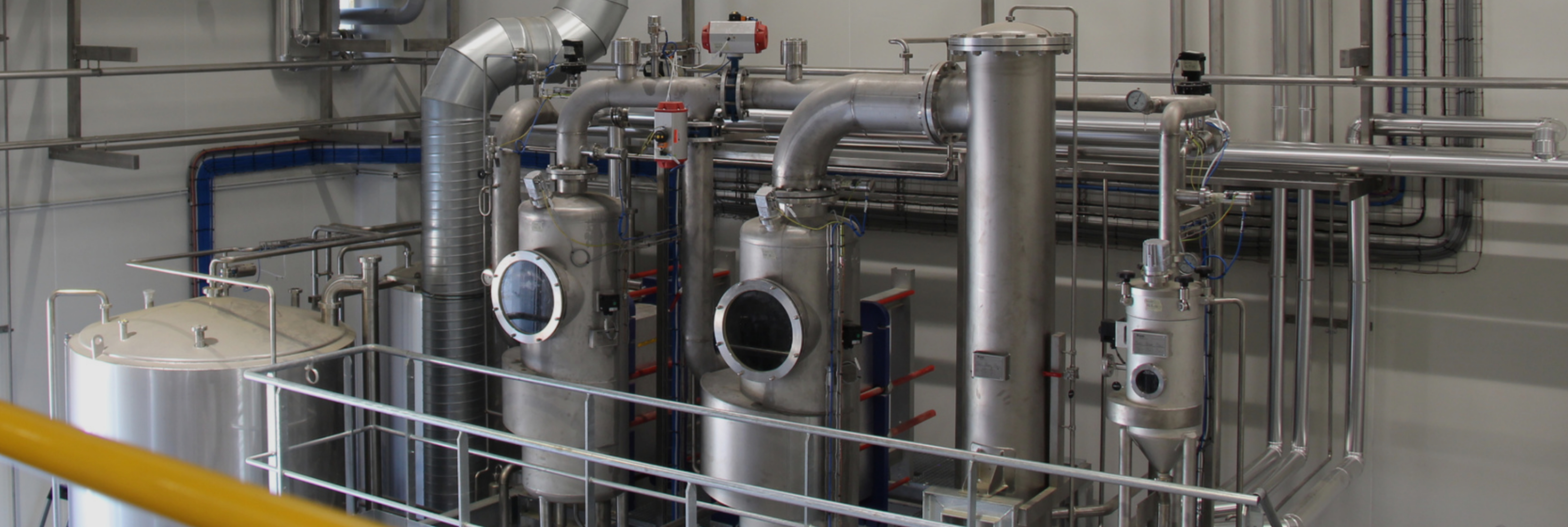The audit of the greenhouse gas emissions at Natural Origins is an overall initiative for sustainable development and Corporate Social Responsibility. The objective of the project is to quantify all the impacts generated by the production and the consumption of our products in order to determine actions to be set up to reduce our carbon footprint and to fight against, on our level, global warming. This project is a real opportunity and a lever for innovation, but it is important to highlight that it is also a substantial human and financial investment.
As with all forms of audits, studies or benchmarks, carrying out a greenhouse gas emissions assessment provides a step back. This initiative raises questions and opens new development opportunities. This questioning is not effortless, it requires the implication of all the employees along with external qualified persons:
To carry out this audit, it is essential to be surrounded by qualified people with proposals to make; we therefore hired a full time CSR policy task an officer who pilots and coordinates every step and ensures the link between the different stakeholders. The entire Natural Origins team and our partners support the officer: the involvement of everyone is essential to properly carrying out the survey.
Analysing the raw data and converting this into emissions is a job in itself which requires training and adapted software, which is why in order to guarantee precise results, we have called on an internationally recognised dedicated structure.
This project is carried out in 3 phases and initially concerns collecting information, the exploitation of this raw data and the implementation of an action plan to limit greenhouse gas emissions.
At this stage, the objective is to take over all activities and identify all sources of greenhouse gas emissions based on 3 levels (called scopes), corresponding to emissions parameters:
All this quantified data is then translated into the form of emissions based on a coefficient which converts data in the ″equivalent in CO2″. This step is carried out by a qualified external provider based on a clearly defined methodology.
Our audit is in the process of being finalised. Based on this summary, we have clearly identified greenhouse gas emissions sources, which we will present shortly. Our mission is henceforth to understand the reasons for these emissions and determine the actions to be set up to limit emissions while maintaining our activity, a sizable challenge indeed! But which gives our work real meaning…
Natural Origins proposes accompanying you in promoting your CSR commitments using its means and expertise.
Please feel free to contact our experts.
CSR Project Manager





Leave a comment